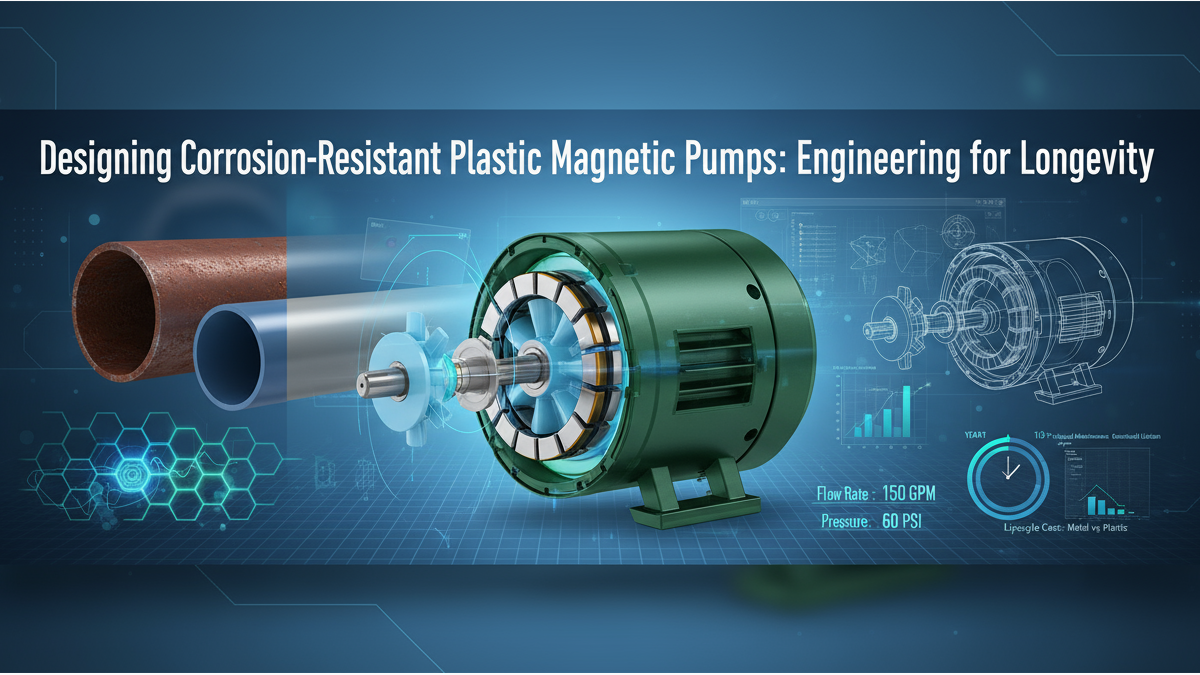Orthopedic devices play a crucial role in restoring mobility, function, and quality of life for patients with musculoskeletal conditions, ranging from injuries and fractures to degenerative diseases and disabilities. Key orthopedic devices include implants, braces, splints, prosthetics, and traction devices. This article will explore their functionalities, design and manufacturing processes, unique features, and emerging applications.
Orthopedic Implants
Orthopedic implants are medical devices designed to replace or support damaged bones, joints, or tissues, playing a vital role in orthopedic surgeries by addressing a wide range of conditions such as osteoarthritis, fractures, ligament injuries, and spinal disorders. These implants are typically made from biocompatible materials such as titanium alloys, stainless steel, or advanced polymers, ensuring their safety for implantation within the human body.
Common types of orthopedic implants include joint replacements (e.g., hip, knee, shoulder), which improve mobility and reduce pain; plates and screws for fracture fixation, promoting proper healing and alignment; and spinal implants used to stabilize and support the spinal column.
Special features in orthopedic implants can include surface coatings to promote bone integration, porous structures for enhanced osseointegration, and modular designs for intraoperative flexibility. Durability, biocompatibility, and sterilization methods of these devises must meet regulatory standards to ensure patient safety.
Design and Manufacturing of Orthopedic Implants
Designing and manufacturing orthopedic implants require a multidisciplinary approach that combines medical expertise, engineering principles, and advanced manufacturing technologies. Orthopedic surgeons, biomedical engineers, and product designers collaborate to conceptualize implant designs based on patient needs, anatomical considerations, and biomechanical requirements.
The use of advanced imaging techniques (e.g., MRI, CT scans) combined with 3D printing technology allows for the creation of customized implants tailored to each patient's unique anatomy. This customization improves implant fit, reduces surgical complications, and enhances patient satisfaction.
Bioresorbable implants made from materials such as polymers or magnesium alloys are designed to degrade over time within the body. These implants eliminate the need for implant removal surgeries and promote natural tissue healing and regeneration.
Nanomaterials and nanocoatings are being incorporated into orthopedic implants to enhance biocompatibility, antimicrobial properties, and wear resistance. Nanotechnology also holds potential for targeted drug delivery within implant surfaces, promoting tissue healing and reducing infection risks.
Orthopedic Braces and Splints Enhancing Mobility and Stability
Orthopedic braces and splints are external devices used to support, immobilize, or align injured or weakened body parts, such as joints, muscles, and bones. Braces are commonly used for conditions like ligament injuries, osteoarthritis, scoliosis, and post-operative rehabilitation. They can be custom-made or prefabricated, with materials ranging from metals or rigid plastics to flexible neoprene.
The working principle of braces and splints involves applying controlled pressure and support to the affected area, thereby reducing pain, stabilizing joints, and facilitating healing. For example, a knee brace with hinges provides stability and prevents excessive movement after ligament reconstruction surgery. Some braces feature adjustable hinges or straps that allow for controlled range of motion while promoting functional activities.
Manufacturers employ ergonomic design principles to ensure braces and splints are comfortable, adjustable, and functional. They use materials that are lightweight, breathable, and moisture-wicking to enhance patient compliance and comfort during prolonged wear.
Advanced features in orthopedic braces include adjustable straps for personalized fit, compression zones for targeted support, and integrated sensors for monitoring joint movement and rehabilitation progress. Some braces also incorporate smart technology, such as electromechanical actuators for dynamic assistance during walking or sports activities.
Orthopedic Prosthetics
Orthopedic prosthetics are artificial devices used to replace missing limbs or body parts, restoring mobility and functionality for individuals with limb loss. These devices can be categorized into upper limb prosthetics (e.g., hands, arms) and lower limb prosthetics (e.g., feet, legs), each designed to mimic natural limb movements and provide support for daily activities.
The functioning of orthopedic prosthetics relies on advanced materials, components, and control systems that enable fluid movement, stability, and comfort. For instance, a below-the-knee prosthetic leg includes a socket for attachment, a pylon for support, and a foot with shock-absorbing properties for walking and running.
Innovations such as myoelectric control systems detect electrical signals generated by muscle contractions and process them to activate motors, actuators, or other mechanisms in the prosthetic limb or robotic device, allowing it to mimic desired movements. Carbon fiber materials and 3D-printed sockets allow for more natural movements, customized socket designs, and adjustable alignment mechanisms optimized for gait function. Additionally, cosmetic covers can match skin tone and appearance.
Unique New Developments
Research is underway to develop new improvements in prosthetic functionality. Osseointegrated prosthetic implants involve surgically anchoring prosthetic components directly to the residual bone, enhancing stability, comfort, control, and reducing socket-related issues. Mind-controlled prosthetic systems use brain-computer interfaces (BCIs) to interpret neural signals and control prosthetic movements. Prosthetic devices with sensory feedback systems aim to restore tactile sensation, allowing users to feel pressure, temperature, and texture through their prosthetic limbs.
Orthopedic Traction Devices
Orthopedic traction devices apply controlled pulling or stretching forces to bones, joints, or muscles, primarily for correcting deformities, reducing fractures, or relieving pressure on nerves. Traction can be applied through external devices (e.g., traction splints) or internal devices (e.g., skeletal traction pins), depending on the specific condition and treatment goals.
Orthopedic traction involves gradual and sustained application of force to realign or stabilize musculoskeletal structures. For example, cervical traction devices are used to alleviate neck pain and decompress spinal discs by gently stretching the cervical spine. They can be applied to correct skeletal deformities, such as scoliosis, kyphosis, and limb length discrepancies. Continuous traction over time gradually reshapes bone structures. Traction force is adjusted gradually over time to avoid sudden or excessive pulling, ensuring patient comfort, safety, and therapeutic effectiveness.
Manufacturing traction devices requires precision engineering to ensure safe and effective force application without causing tissue damage or complications. Modern traction systems may incorporate advanced materials like carbon composites, adjustable tension mechanisms, and ergonomic designs for patient comfort and compliance.
Conclusion
Orthopedic devises represent a groundbreaking field in healthcare. With ongoing advancements in manufacturing technologies, materials science, and therapeutic modalities, the future of orthopedic devices holds promise for greater patient mobility, comfort, and quality of life.










.png)



